Table of content
- Moisture Loss
- Starch Retrogradation
- Enzymatic Activity
- Microbial Activity
- Signs of Spoilage vs. Natural Hardening
- Risks of Consuming Spoiled Chestnuts
- Rehydration Through Soaking
- Roasting Techniques
- Boiling or Steaming
- Pressure Cooking
- Grinding into Flour or Puree
- Soups and Stews
- Stuffing and Dressing
- Desserts
- Flour Substitute
- Fermented Beverages
- Refrigeration
- Freezing
- Drying
- Avoiding Humidity
- Impact of Aging
Chestnuts, often hailed as the “bread of the forest,” have been a dietary staple for centuries, prized for their sweet, nutty flavor and versatility in both sweet and savory dishes. However, one common dilemma faced by home cooks and foragers alike is determining whether chestnuts that have hardened over time are still safe to consume. This article delves into the science behind chestnut hardening, safety considerations, revival techniques, and creative culinary applications to help you make informed decisions and reduce food waste.
Understanding Chestnut Hardening: Causes and Science
Chestnuts, like many nuts and seeds, undergo natural changes after harvest. Freshly harvested chestnuts are plump, moist, and relatively soft to the touch. Over time, however, they may harden—a phenomenon rooted in biological and chemical processes.
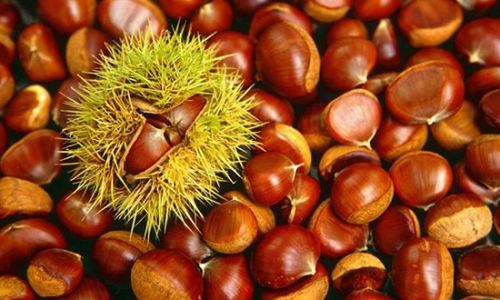
Moisture Loss
Chestnuts contain a high water content (approximately 40-50% when fresh). As they age, especially if stored improperly, moisture evaporates through the shell’s porous surface. This dehydration causes the flesh to shrink, become dense, and develop a rubbery or stony texture.
Starch Retrogradation
Chestnuts are rich in starch, which undergoes a process called retrogradation during storage. Starches are long chains of glucose molecules that initially form a gel-like structure when cooked. As they cool or age, these chains realign into a crystalline structure, making the chestnut firmer and less pliable.
Enzymatic Activity
Enzymes present in chestnuts continue to break down complex molecules even after harvest. While some enzymes enhance flavor (e.g., converting starches to sugars), others may contribute to texture changes, including hardening.
Microbial Activity
Though chestnuts have a protective shell, improper storage (e.g., high humidity, warm temperatures) can promote mold or bacterial growth. While not the primary cause of hardening, microbial activity may accelerate spoilage, making the nut inedible.
Safety Considerations: Can Hardened Chestnuts Make You Sick?
The hardening of chestnuts is not inherently dangerous. However, determining safety requires distinguishing between natural aging and spoilage.
Signs of Spoilage vs. Natural Hardening
- Visual Cues: Fresh chestnuts have glossy, unbroken shells. Spoiled nuts may exhibit mold (fuzzy gray, green, or black spots), cracks, or shriveling.
- Smell: Rancid chestnuts emit a sour, fermented, or musty odor. Fresh ones have a mild, earthy scent.
- Texture: While hardening is normal, excessively brittle or shriveled flesh indicates spoilage.
- Taste Test (Caution): If unsure, taste a tiny portion. Spoiled chestnuts will taste bitter or acidic.
Risks of Consuming Spoiled Chestnuts
- Mold Toxins: Some molds produce mycotoxins, such as aflatoxins, which are carcinogenic.
- Bacteria: Bacillus cereus or Salmonella may proliferate in damp conditions, causing food poisoning.
Key Takeaway: Hardening alone does not render chestnuts unsafe, but spoilage signs warrant discarding.
How to Determine If a Hardened Chestnut Is Safe to Eat
Assessing safety involves a multi-sensory evaluation:
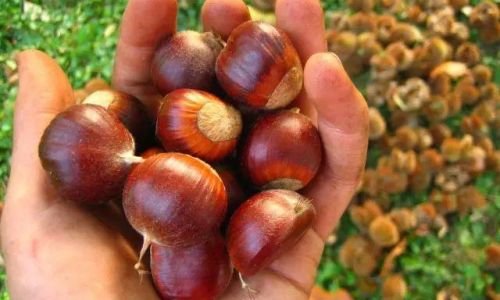
-
Visual Inspection:
- Reject nuts with cracks, holes, or discoloration.
- Check for powdery residue (a sign of insect infestation).
-
Shell Integrity:
A intact shell protects against contamination. If the shell is compromised, discard the nut.
-
Weight Test:
Fresh chestnuts feel heavy for their size. Lightweight nuts may be dried or spoiled.
-
Float Test:
Place chestnuts in water. Fresh ones sink; old or buggy ones float.
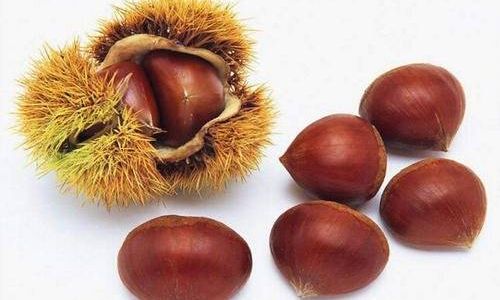
-
Sound Test:
Shake the nut near your ear. A rattling sound indicates shriveled or dried flesh.
Reviving Hardened Chestnuts: Techniques and Tips
While you cannot reverse starch retrogradation entirely, certain methods can soften the texture and restore edibility.
Rehydration Through Soaking
- Method: Submerge chestnuts in room-temperature water for 12–24 hours.
- Science: Soaking reintroduces moisture, causing starches to reabsorb water and swell.
- Tip: Add a pinch of salt to enhance flavor penetration.
Roasting Techniques
- Oven Roasting:
- Preheat to 400°F (200°C).
- Score shells to prevent explosions.
- Roast for 20–30 minutes, until shells peel easily.
- Science: Heat breaks down starch molecules, creating a creamier texture.
Boiling or Steaming
- Boiling:
- Simmer chestnuts for 20–30 minutes in salted water.
- Peel while hot for easier removal.
- Steaming:
Steam for 15–20 minutes; retains more moisture than boiling.
- Science: Gelatinization of starches softens the flesh.
Pressure Cooking
- Method: Cook on high pressure for 10–15 minutes.
- Benefit: Rapidly softens tough fibers.
Grinding into Flour or Puree
- Application: Overly hard chestnuts can be ground into flour for baking or blended into a smooth puree for soups or desserts.
Culinary Uses for Hardened Chestnuts
Hardened chestnuts lend themselves to specific preparations where texture is less critical:
Soups and Stews
- Recipe Idea: Chestnut and mushroom soup.
- Method: Simmer chestnuts with vegetables, herbs, and broth; blend for a velvety consistency.
Stuffing and Dressing
- Application: Chop hardened chestnuts and mix with breadcrumbs, herbs, and sautéed onions for a crunchy stuffing.
Desserts
- Chestnut Puree: Boil, peel, and mash with milk, sugar, and vanilla.
- Mont Blanc: A French dessert featuring chestnut puree piped into peaks.
Flour Substitute
- Gluten-Free Option: Dry and grind chestnuts into flour for pancakes, muffins, or coatings for fried foods.
Fermented Beverages
- Chestnut Beer: Some traditional brews use chestnuts as a malt alternative.
Proper Storage to Prevent Premature Hardening
Extending chestnut freshness begins with optimal storage:
Refrigeration
- Method: Store unshelled chestnuts in a breathable bag (e.g., paper) in the crisper drawer.
- Shelf Life: 2–3 weeks.
Freezing
- Method: Blanch shelled chestnuts for 2 minutes, cool, and freeze in airtight containers.
- Shelf Life: Up to 6 months.
Drying
- Method: Dehydrate shelled chestnuts at 140°F (60°C) until brittle; store in jars.
- Use: Rehydrate for cooking or grind into flour.
Avoiding Humidity
- Tip: Never store chestnuts in plastic bags, which trap moisture and promote spoilage.
The Nutritional Aspect: Does Hardening Affect Nutrient Content?
Chestnuts are a nutritional powerhouse, offering:
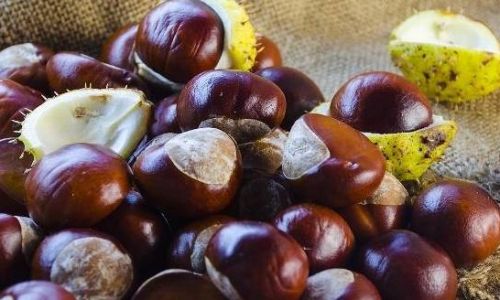
- Fiber: 3 grams per ounce (28g).
- Vitamins: C, B6, and folate.
- Minerals: Manganese, copper, and magnesium.
Impact of Aging
- Starch Conversion: As chestnuts age, some starches convert to sugars, slightly increasing sweetness.
- Vitamin Degradation: Vitamin C may decline over time, but minerals remain stable.
- Antioxidants: Polyphenols, responsible for chestnuts’ health benefits, are largely retained.
Conclusion: Nutritional value diminishes minimally with age, provided spoilage is avoided.
Sustainability Tip: Reducing Food Waste With Hardened Chestnuts
Globally, 1.3 billion tons of food are wasted annually. Hardened chestnuts offer an opportunity to embrace sustainability:
- Repurpose: Use in stocks, broths, or as a thickener.
- Compost: If truly inedible, add to compost bins (remove shells first).
- Donate: Partner with food banks accepting shelf-stable chestnut products.
Conclusion: Balancing Safety and Sustainability
Hardened chestnuts are not a culinary dead end but a challenge to overcome with creativity and knowledge. By understanding the science of hardening, mastering revival techniques, and prioritizing safety checks, you can transform overlooked nuts into delicious meals. Moreover, adopting mindful storage and waste-reduction practices ensures that these forest treasures are enjoyed responsibly. So, the next time you encounter a batch of hardened chestnuts, view them not as a problem but as an opportunity to hone your culinary skills and contribute to a greener planet.

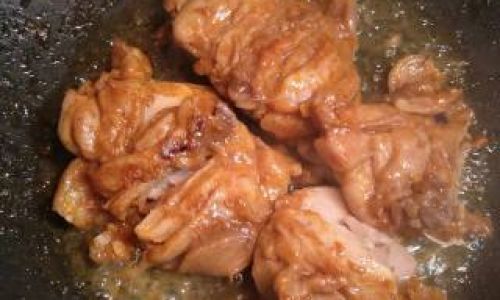
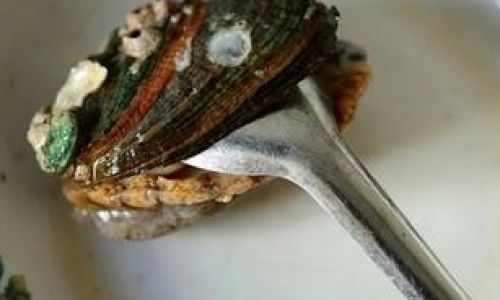
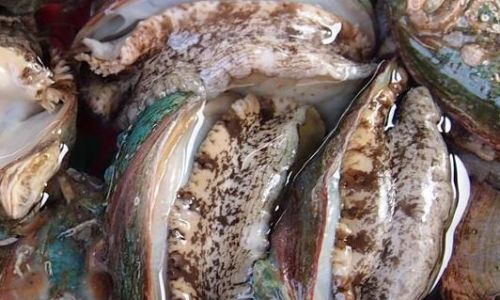

0 comments